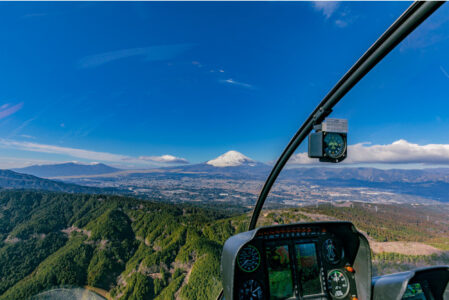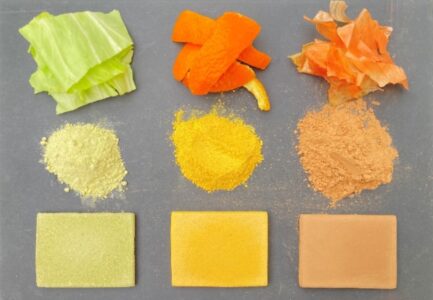Setsubun: How Japan welcomes spring with beans
Salam and hello!
As the season gradually changes in Japan from winter to spring, I want to talk to you about an annual Japanese tradition called Setsubun (節分).
Setsubun (節分) is the day before spring starts in the old calendar in Japan, falling between 2–4 February. It means “seasonal division”, as in the division of 2 seasons: Winter and Spring. And this year was celebrated on 3rd February.
Although setsubun is not a public holiday, it is a well-loved celebration in Japan, especially among kids. And it involves lots and lots of BEANS.
What are the beans for?
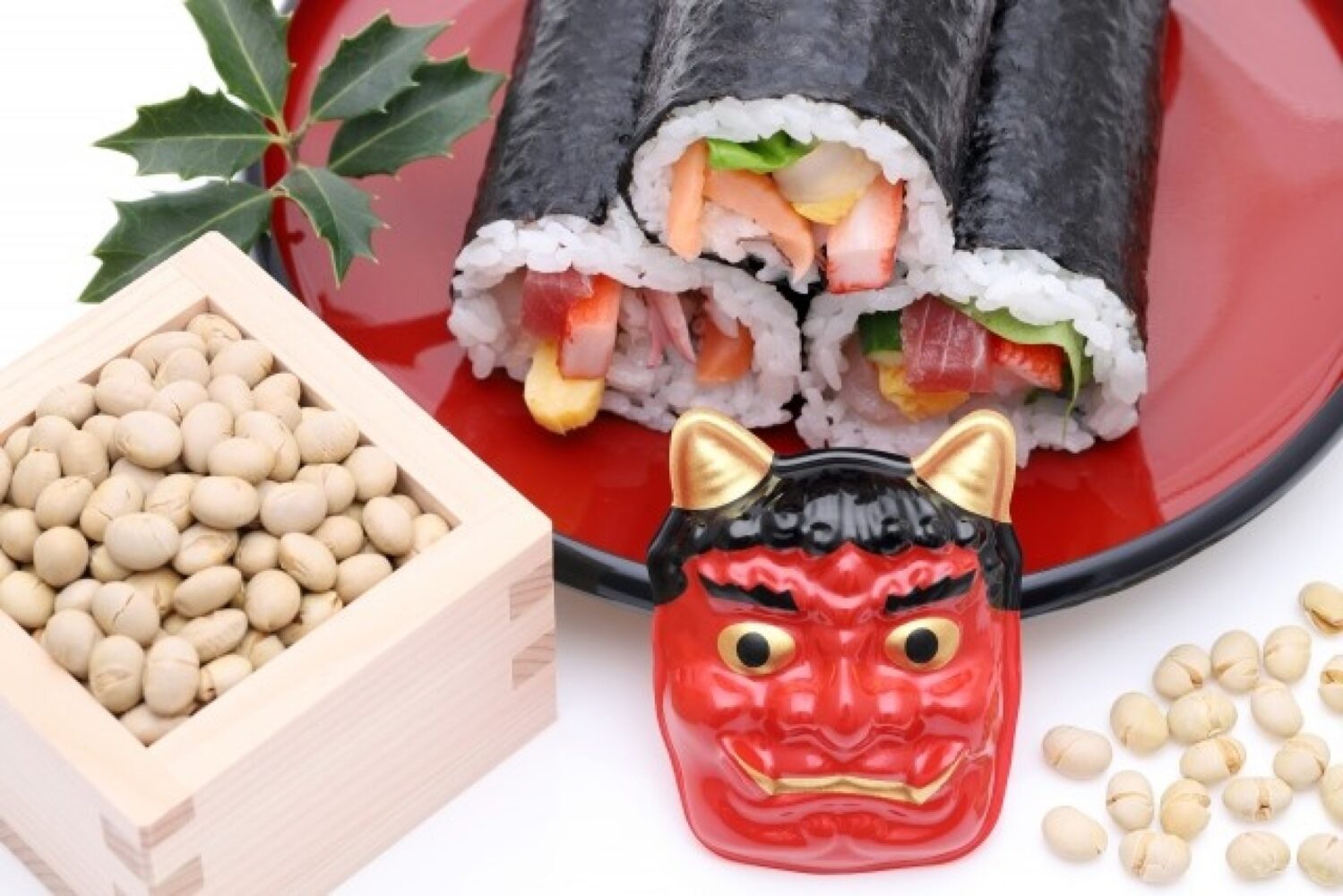
The way that people celebrate setsubun may vary throughout Japan. But one of the common things Japanese people always do is mamemaki (豆撒き) to chase away evil spirits.
Mamemaki (豆撒き, bean-throwing) is people throw roasted soybeans or fukumame (福豆, “fortune beans”), at the front door of their homes or shrines. Many elementary schools and kindergarten also hold mamemaki events.
Usually, the household head is the one who throws the beans while saying that phrase outside the front door. In most families, the dad or a family member will pretend as a devil by wearing an oni (鬼, demon/ogre) mask. The oni mask is like the red mask in the photo above.
As they throw the beans, they shout: “Oni wa soto! Fuku wa uchi!” (鬼は外! 福は内!), meaning ” Devils out! Fortune in!”.
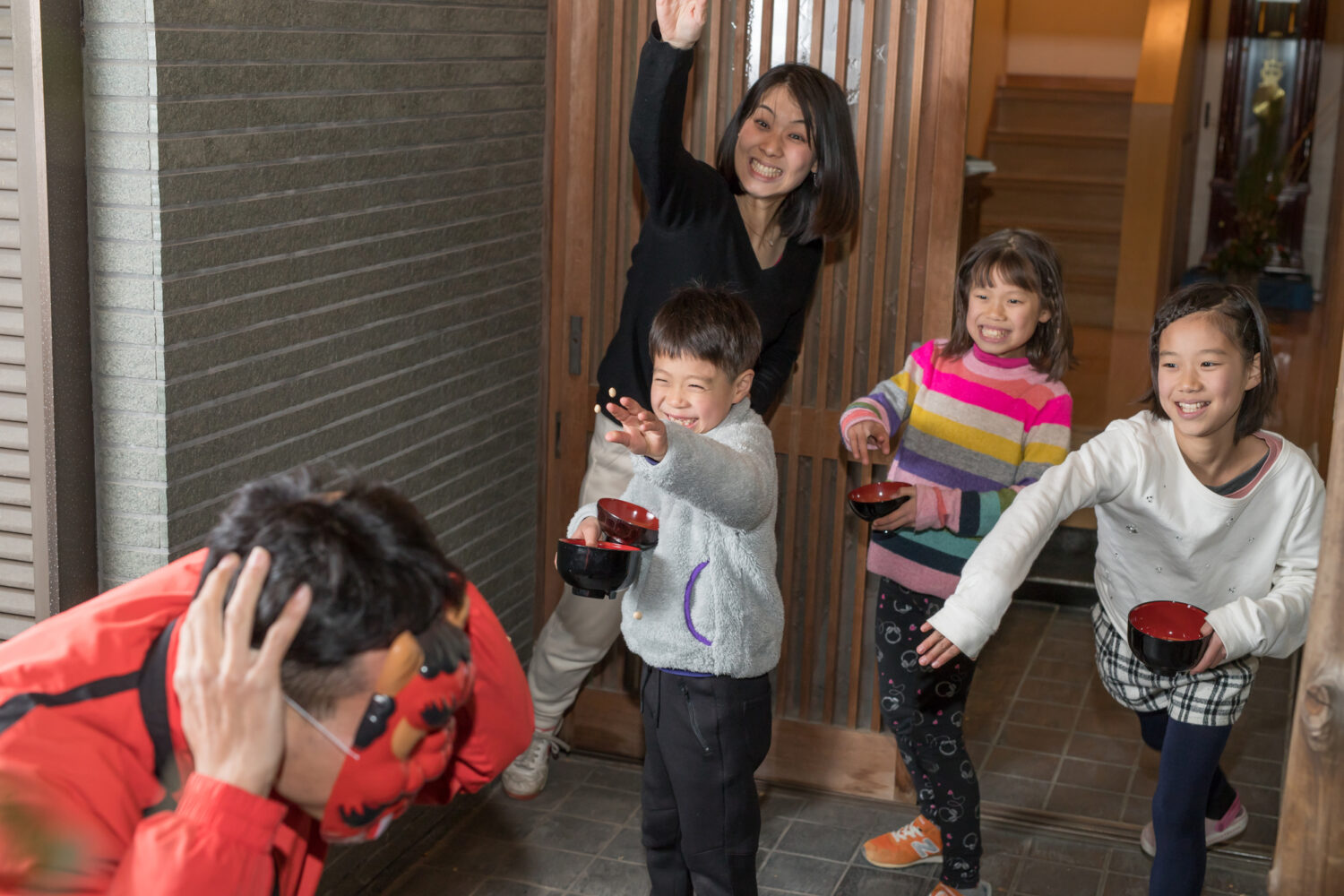
Here are the general steps of how people do mamemaki.
- Non-oni standby with beans in the farthest room of the house. Far from the house entrance.
- Oni (person wearing oni mask) runs to that room starting from the house entrance.
- Non-oni drive it out by throwing beans from the room door to inside the room. While saying: “Oni wa soto! Fuku wa uchi!“.
- Repeat steps 2-3 from the room until the house entrance/front door.
Afterwards, they will eat them according to their own age because Japanese people believe this brings good health.
Nowadays, you can see local shrines holding mamemaki events, like in the video above. During my time at Japanese language prep school in Shinjuku, my sensei (teacher) took the whole class to a mamemaki event at a local shrine nearby the school. Most of the people there were families with kids. There were people acting as oni wearing a complete oni costume.
When the oni appeared, everyone there started throwing beans at them. It was very amusing! I think my head got hit by some of the beans that day (lol).
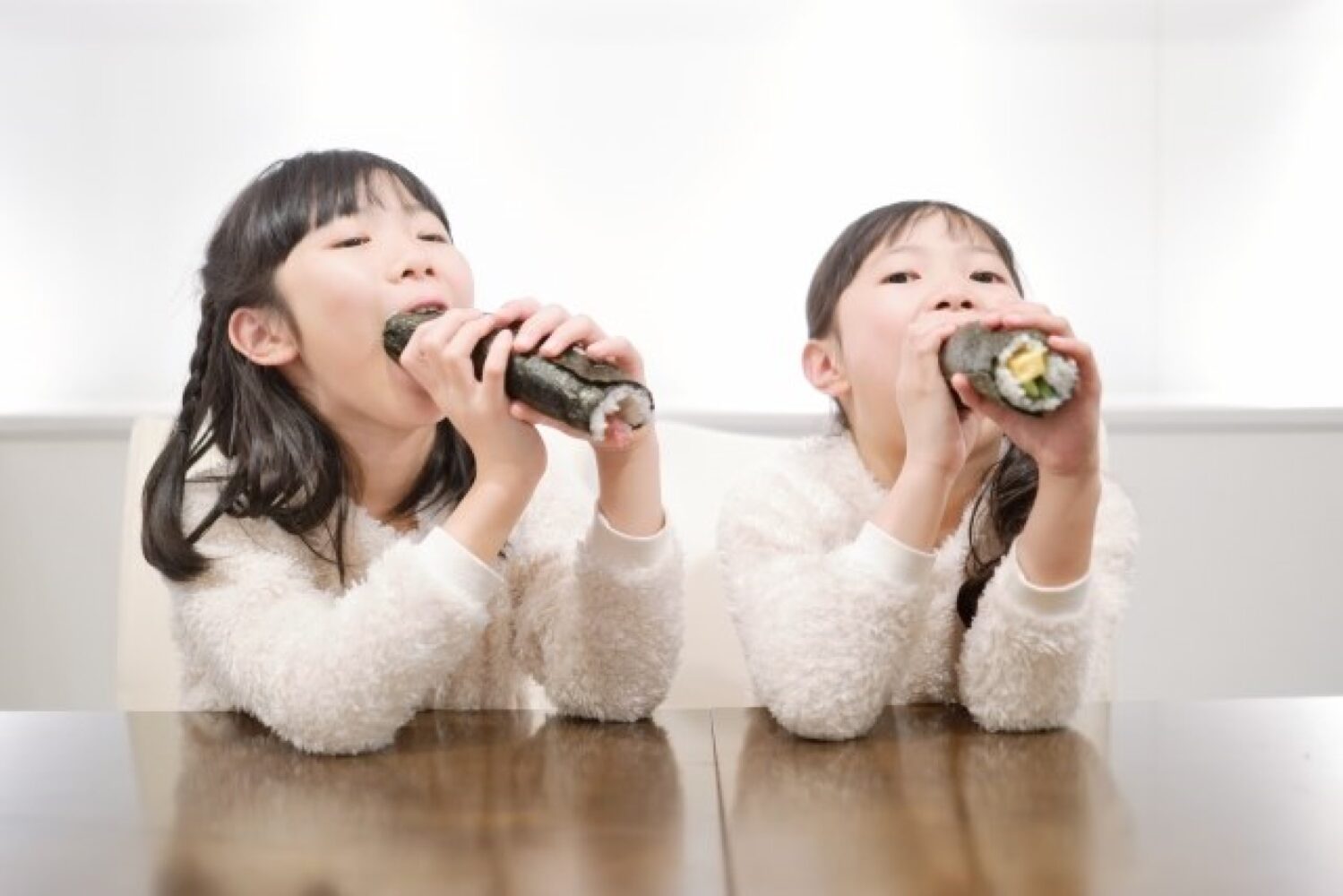
Aside from mamemaki (豆撒き), Japanese people also eat ehomaki (恵方巻き) to wish for happiness. Ehomaki is a thick sushi roll always eaten in setsubun. It is believed to bring good fortune if eaten in silence while facing the year’s “Eho“. Eho is the good luck direction and it changes every year.
My company also gives out ehomaki to every staff in setsubun.
If you come to Japan around setsubun, why not visit the shrines to witness the mamemaki events yourself! It surely will be an amazing chance to learn about this Japanese culture.
Visit the website below to download oni mask:
・Paper Museum Official Website
https://paperm.jp/craft/eventgoods/index.html#cate219
・Consulate-General of Japan in Seattle HP
https://www.seattle.us.emb-japan.go.jp/files/100134707.pdf
We have a network of Japanese companies keen to expand into the Halal market in Malaysia & Indonesia.
If you are interested in connecting with sustainable technology companies in Japan, simply JOIN the network from below. We will match the right one for you!



